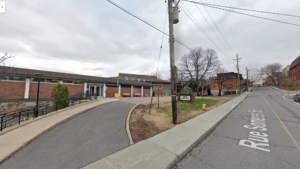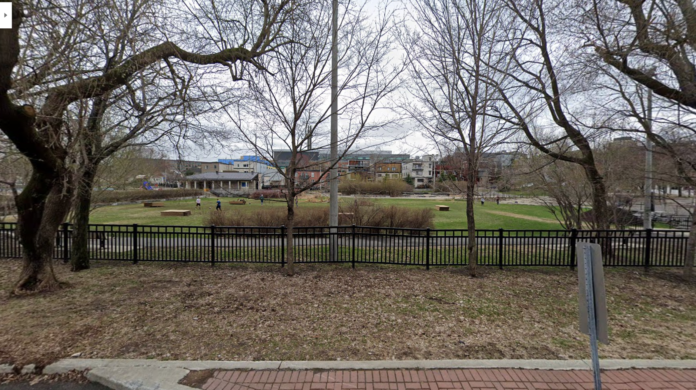Director of Carleton’s Centre for Security, Intelligence, and Defence Studies, Stéphanie Plante, began a campaign in December 2019 to see Ottawa’s Sandy Hill park renamed after Inuk artist Annie Pootoogook. The campaign is ongoing despite obstacles and is supported by several community members.
Pootoogook is best known for her pen and coloured pencil drawings. Prior to her death in 2016, Pootoogook was a renowned member of the Ottawa arts community.
Plante said she chose Pootoogook as the person she wanted to be commemorated by this park because she was an important artist.
“I have always had a respect for people who could take the ordinary and make it poetic,” Plante said. “That is what [Pootoogook] did.”
Plante said the idea for the campaign came after she realized that few of Ottawa’s public spaces are named after women or Indigenous peoples (no parks in Sandy Hill attribute their name to either group). She saw the park behind Sandy Hill Community Centre as an opportunity for change.
“There’s a lot of Inuit community centers [in Sandy Hill], there’s an Inuit daycare,” she said. “Where will these kids go to see themselves represented? They’re not represented in Strathcona Park or on Laurier Avenue and I felt that was unfortunate.”
She said the people of Ottawa should familiarize themselves with Indigenous names the same way they have familiarized themselves with names like Wellington and Elgin.
“I wanted to give Annie and Indigenous people the same municipal and place-making recognition,” Plante said. “I want to say, ‘You are important, you are valued, and we will dedicate this park to you.’”
Rawlson King, city councillor for the Rideau-Rockcliffe ward, is very supportive of the campaign. Though the park is not in his ward, his role as council anti-racism liaison led Plante to reach out to him for support.
King owns some of Pootoogook’s original work. He said that her work helped to spread awareness of the contemporary reality of life in the North.
“There was a moment in Inuit art where it started to undertake a transformation in perception […] She was on the cusp of a generation that moved more contemporary imagery,” he said.

“It really humanized people and communicated that these are living cultures and living people,” he said.
King said this campaign led him to think about the implicit bias behind commemorative naming criteria.
“One of the things I wanted to see is a wider commemoration policy review,” he said. “I want to ensure there is equity in that process.”
Plante said she hopes this campaign will spark a greater awareness of the contributions to society that were brought by women and Indigenous people.
“People need to start saying Indigenous names,” Plante said. “My little part for reconciliation is to get people to start learning who these heroes are and say their names properly.”
Mathieu Fleury, the councillor for the Rideau-Vanier ward where the park is located, expressed his support as well.
Fleury was unavailable for an interview, but his office wrote in an email that they “are very happy to see the involvement of the community association as well as the many letters of support.”
Plante admits that amid the pandemic, she does not expect this campaign to come to a conclusion as quickly as she had hoped. Despite the obstacles, Plante said she will continue to push for change to happen sooner rather than later.
Featured image from the Google Maps Street View.






